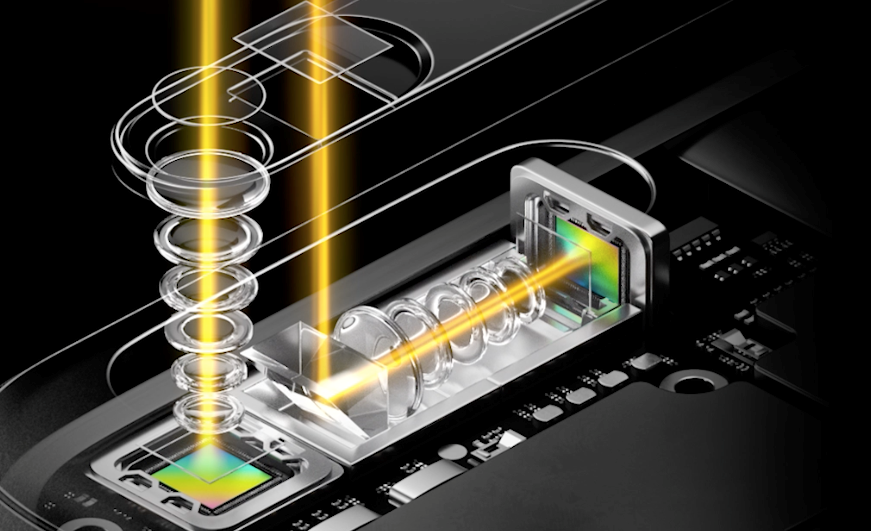With Google unveiling their last two phones of 2020, we can now look back at the last few months of Pixel hardware and take stock of where Google’s phone line has ended up. With three devices in the market, many would assume that Google would be offering an Ultra-Premium, premium and maybe affordable device.
However, Google’s hasn’t taken that route, in fact, it could be argued that their best device, the Pixel 5, may not even be classified as a premium device, I’d would argue that’s not quite right. What Google seems to have done this year is focus on delivering the best Android experience they can, with a focus on bang for buck, not specs.
To this end, you won’t find any QHD, 120Hz, HDR, 6.6-inch AMOLED displays, nor the latest top of the line Qualcomm 800 series Snapdragon. There’s no excess of RAM, no 3rd camera and they don’t fold, expand or shrink. Does this mean that Google’s line up is lacking?
I’d argue the answer is no. Here’s why.
If we take a look at the Pixel 5, Google’s 2020 Flagship device, what is it missing that it needs? For most users, we would argue nothing. For specs junkies, likely everything, but what about those of us somewhere between those two viewpoints.

Undeniably we think 2020 could have been the year that Google released a triple-camera device; the swapping of their middling telephoto lens from 2019 for an ultra-wide-angle is a great addition. However, to compete with the Samsungs and Huaweis of the world, as well as show a pure implementation of 3 cameras, a good zoom lens, say 7x, would have been a solid addition.
In 2020, tech-heads and spec junkies alike expect high quality, high refresh rate screens. What’s more, users seem to be able to tell the difference, this isn’t just a spec for spec’s sake, having a high-quality display makes interacting with your visual device more pleasing. Perhaps the Pixel 5’s 90Hz FHD+ HDR AMOLED panel may not compete?
Outside of those two areas we wouldn’t want to comment on what is missing before we actually use the device. Apart for support for higher density and higher refresh rates panels, there’s no specific reason the processor needs upgrading. We can’t comment on if the Pixel 5 is sluggish on 8GB of RAM, but we suspect it won’t be.
So that’s the Pixel vs the market, but how do the 2020 Pixels compare to each other? Overall there are small but important differences as you step up the line from the Pixel 4a, to Pixel 4a 5G and end up at the Pixel 5. There’s a clear progression of hardware and depending on how you feel about phone size, wireless charging and headphone jacks the answer may not be so cut and dry.
So feast your eyes on the Google Pixel 2020 line up, and compare the raw specs. Which device best fits your needs?
| Pixel 4a | Pixel 4a 5G | Pixel 5 | |
|---|---|---|---|
| Display | 5.7-inch AMOLED FDH+ 60Hz hole-punch |
6.24-inch AMOLED FHD+ 60Hz hole-punch |
6.0-inch AMOLED FHD+ HDR 90 Hz hole-punch |
| SoC | Snapdragon 730G | Snapdragon 765G | |
| RAM | 6GB | 8GB | |
| Storage | 128GB internal storage | ||
| Rear Cameras | 12.2 MP f/1.7 wide-angle | 12.2 MP f/1.7 wide-angle 16 MP f/2.2 ultra-wide |
|
| Front Camera | 8MP f/2.0 | ||
| Battery | 3140 mAh | 3885 mAh | 4080 mAh |
| Charging | USB-C 18W fast charging | USB-C 18W fast charging Wireless Charging (Qi) Reverse wireless charging |
|
| Cellular | 4G | 5G | |
| Connectivity | Bluetooth 5.0 WiFi 5 NFC |
||
| Speakers | Stereo | ||
| Headphone jack | Yes | Yes | No |
| Biometrics | Rear Fingerprint Sensor | ||
| IP Rating | – | IP 68 | |
| OS | Android 10 (update to 11) |
Android 11 | |
| Colours | Black | Black, White | Black, Green |
| Price | $599 | $799 | $999 |
Overall the $200 increase between models seems justifiable. Each device subsequently improves on the last bring new hardware or features to the line. Having 3 SKUs of Pixel in 2020 rather than 2 SKUs with 2 different sizes may very well annoy some people who want the largest phone with the best specs, or those who want a small device with 5G.
Overall I think it could be argued that the line up is coherent, linear and relevant. If you take into account the fact that the Pixel 3a seems to have been one of Google’s best sellers, it’s not hard to see why Google focused on the affordable end of the market.
OnePlus didn’t launch with an ultra-premium device competing at the top of the market. Perhaps Google is attempting to bring in more people, while slowly building the Pixel brand cache?
How does the Pixel 2020 line up suite your needs? Let us know below.



